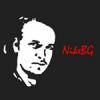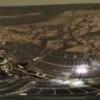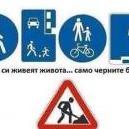The military tactics of the Bulgarians VII-IX C.
-
Последна активност
-
- 87 мнения
- 6270 прегледa
-
Война в Украйна: ще приключи ли международното сътрудничество в космоса? 1 2 3 4
От SAlexandrov, in Космически науки
- 85 мнения
- 5907 прегледa
-
- 2173 мнения
- 181265 прегледa
-
- 8 мнения
- 154 прегледa
-
- 87 мнения
- 4685 прегледa
-
-
Последно разглеждащи 0 Потребители
- No registered users viewing this page.





Препръчано мнение
Напиши мнение
Може да публикувате сега и да се регистрирате по-късно. Ако вече имате акаунт, влезте от ТУК , за да публикувате.